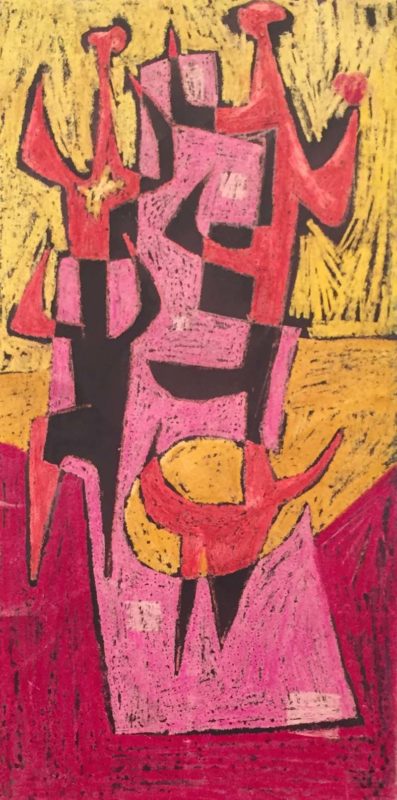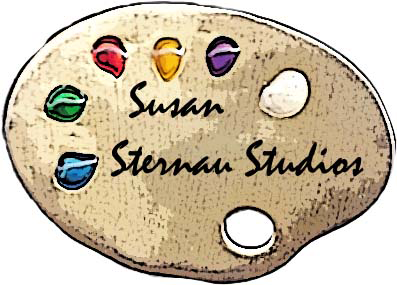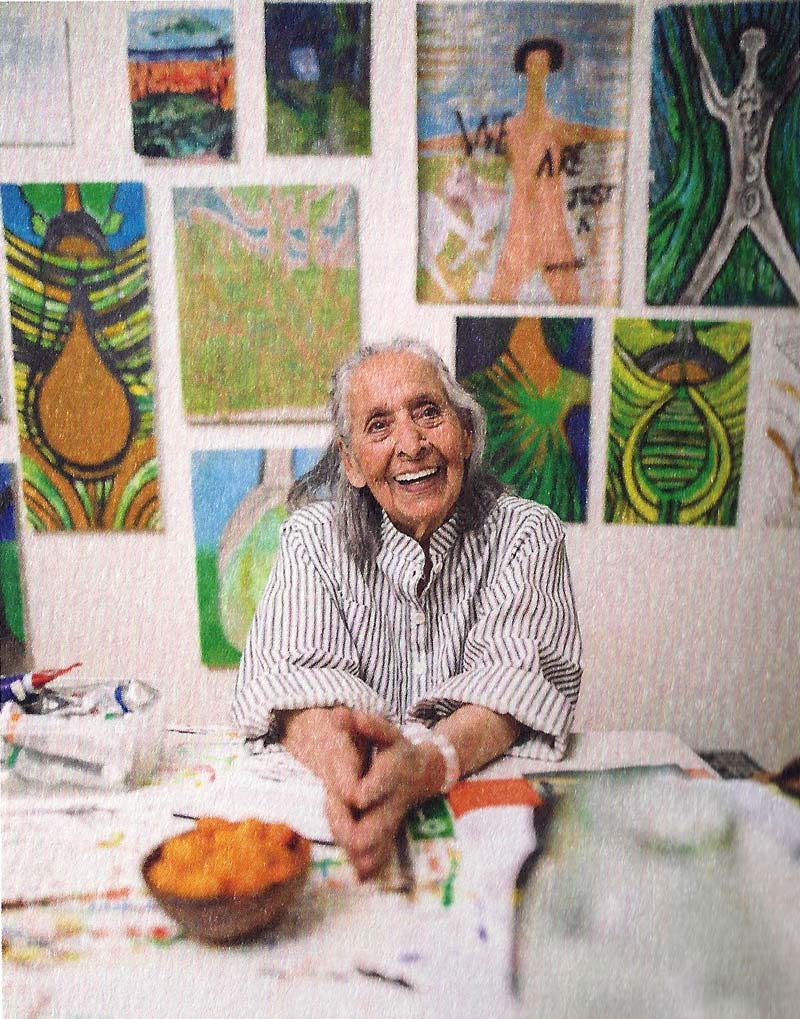Art Review, Artist's Profile
Luchita Hurtado: Her Life and Art
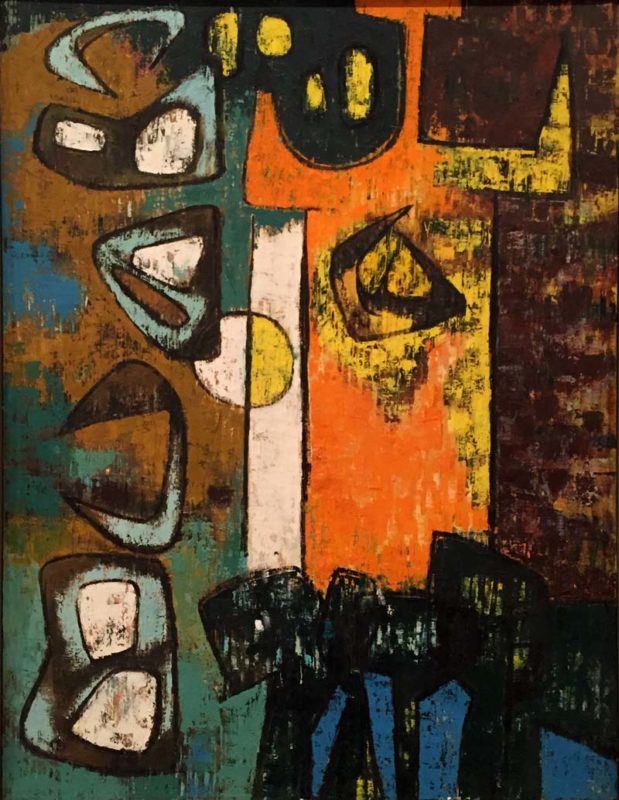
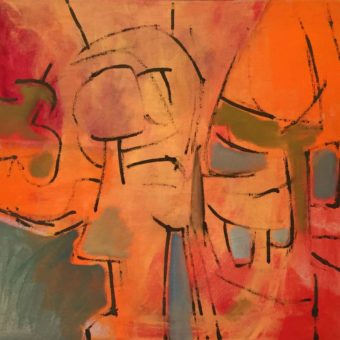
Luchita Hurtado is an amazing twentieth century artist although I’d never heard her name before until recently. Hurtado was too busy making art and living her life to promote her art aggressively. She no doubt suffered as well from the critical neglect bestowed on so many female artists by the sexism of the twentieth century art establishment As a result she has just recently seen some exposure in solo shows.
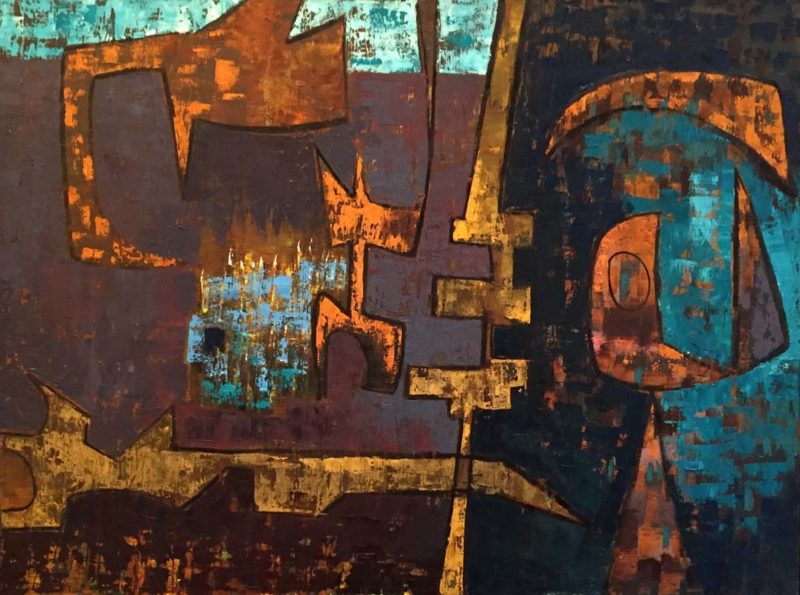
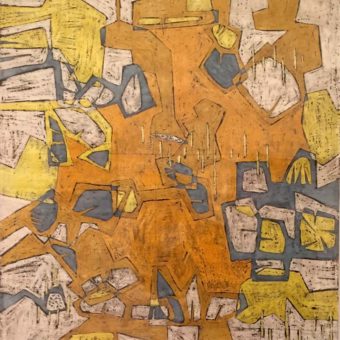
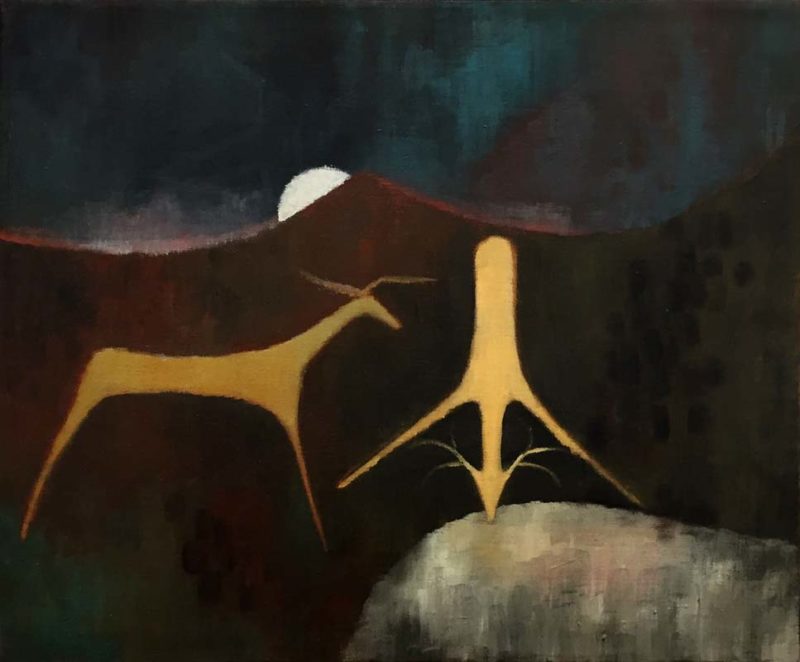
Artistic Circle
In interviews she describes that the act of making art was for her a habit as regular as brushing her teeth. However she didn’t exist in an artistic vacuum. Her second husband was Wolfgang Paalen (1905-1959) was a noted Surrealist artist. During their life together in Mexico, Hurtado was exposed to Paalen’s wide circle of influence where she met artists Rufino Tamayo, Frida Kahlo, Remedios Varo, Leonora Carrington, among others. Her third husband Lee Mullican (1919 -1998) was also a painter.
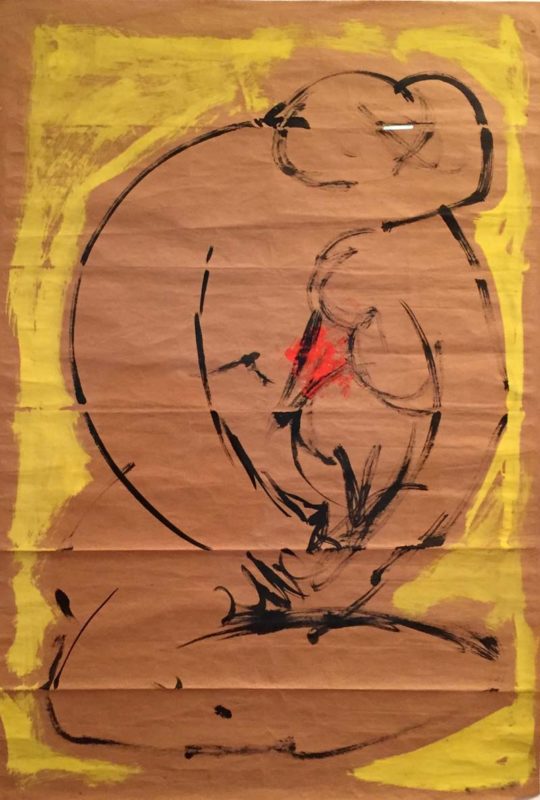
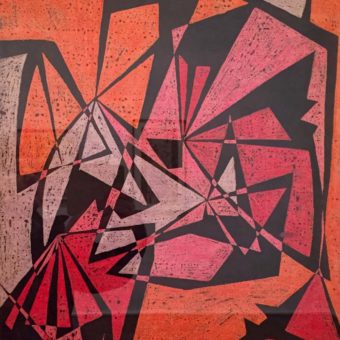
Early Work
When she was a wife and mother she found time to work with ink and crayon at the kitchen table after her family was asleep. Later she got a small studio. But she didn’t try to show her work or seek out an audience for her art. She just accumulated and stored her art for many years. Hurtado didn’t really even identify as an artist until she took part in feminist consciousness-raising group in the 1970s with Joyce Kozloff. She also became friends with Agnes Martin and other artists while spending time in Taos.
Luchita Hurtado Exhibition
On a recent trip to Manhattan I was fortunate to view a large body of her work at the Hauser & Wirth Gallery. Luchita Hurtado: Dark Years is on view there through April 6, 2019. The show focuses on Hurtado’s work from the 1940s and 1950s. The title, “Dark Years” reflects the tragedies of her life at that time. One of her young children died of polio in 1948, and her husband committed suicide in 1959. I was impressed by Hurtado’s stylistic range and harmonious colors which are beautiful, despite the tragic emotions she often expresses. Though ranging from abstract to figurative to Surrealist, all her work is unified by a guiding hand and spirit. There is an emotional range to her images that unifies the show and also places Hurtado squarely within the types of visual experimentation that more well- known artists were grappling with at this time.
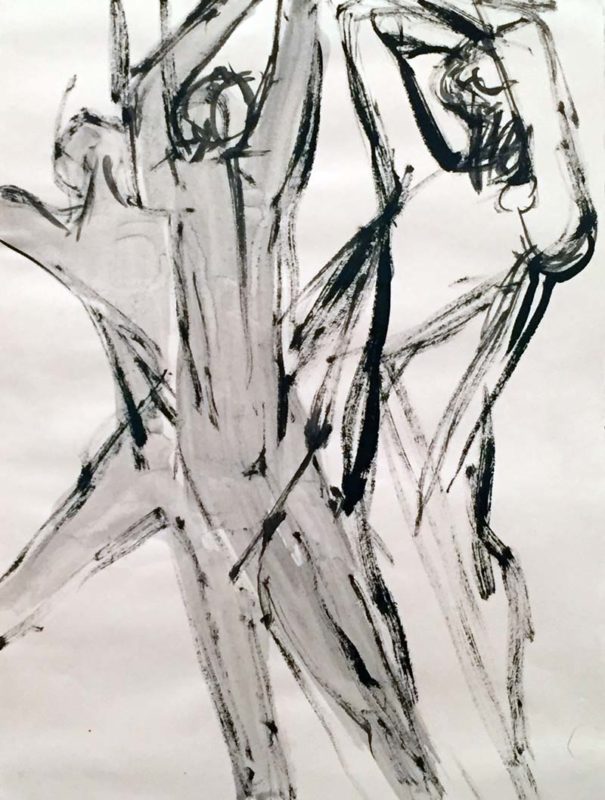
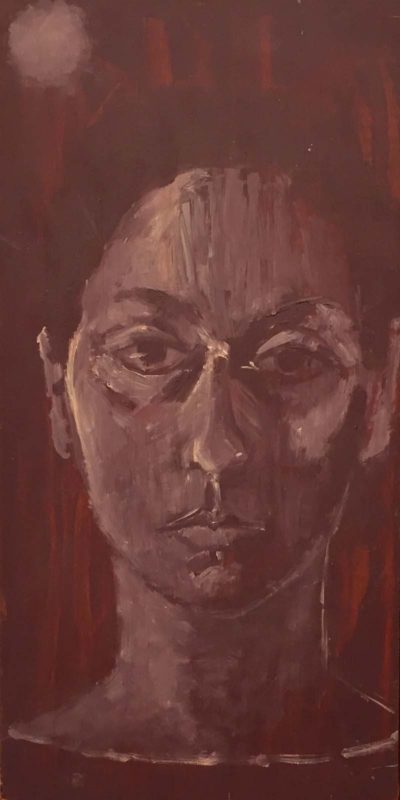
Life
Luchita Hurtado was born in Venezuela in 1920 and has spent her life developing art that is a combination of abstraction and Surrealism. She immigrated to the United States in 1928. First she lived in New York and took lessons at the Art Students League. In the 1940s and she lived in Mexico City, in the 1950s she moved to San Francisco, spent time in Taos, New Mexico, and ultimately she settled in Los Angeles. Her work reflects a wide range of influences from twentieth century art, but it is also distinguished by her unique and personal visual language. Her art is also informed by her close feeling for nature and trees. The female form and trees often combine into blended images.
Upcoming Shows
I’m looking forward to a number of upcoming shows of Lucita Hurtado’s art. In May 2019 the Serpentine Sackler Gallery in London will mount a solo exhibition that spans seven decades of her work. In 2020 (the year she turns 100) Hurtado’s first international retrospective will debut at the Museo Tamayo in Mexico City and then travel to a series of art institutions in the United States. She was also recently profiled in the New York Times. I hope Hurtado’s work will find a wider audience through this exposure and she can claim her rightful place in the canon of twentieth century artists.
